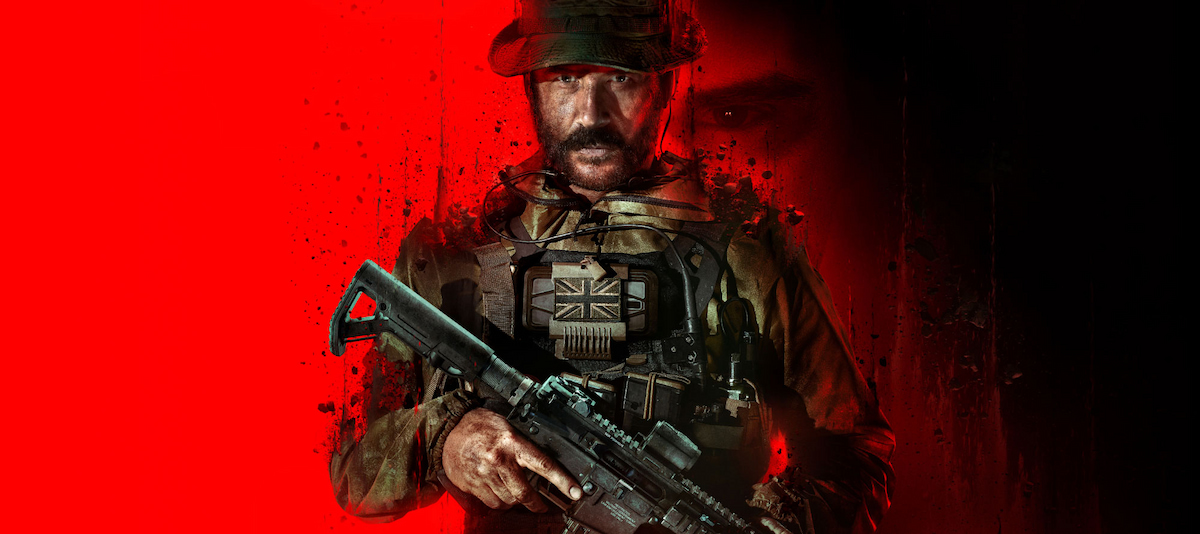We’re a few weeks into the new console generation now, and those lucky enough to snag a new box at this point have been acclimating to the new hardware. I was one of those lucky few, and now I have two massive hunks of plastic eating up all the real estate on my entertainment shelf. After a few weeks with several new games, one big aspect of this generation has been poking at my brain in a way I didn’t expect. I’m talking about the fidelity toggles, which nearly every game I’ve played includes (and some will include later). I really didn’t anticipate having any sort of opinion on this, yet here I am.
This console generation isn’t really about massive leaps in visual fidelity or innovations in what games can be. So far it’s the same old, but with a lot more going on under the hood. Load times are barely present, you can suspend and resume multiple games at once, sharing has less seams, so on and so forth. In terms of visuals, there are two major, opposing forces: performance and “fidelity.” What has me a little off-tilt is what that “fidelity” option means in this new generation context.
Last generation, some of this came up with the sort of bridge boxes, the PS4 Pro and Xbox One X. But there, the difference was really more about frame rate versus resolution. If you had a 4K TV, you may have wanted to sacrifice a smoother, faster gameplay experience in favor of that sweet, sweet pixel count. For me, I didn’t care a whole lot either way, and was fine with 4K/30, 4K/60, 1080/60, whatever. As long as the game is good, I can always stomach technical hiccups.
This generation, “fidelity” means a lot more than resolution. In fact, some games display at 4K either way. But “fidelity” doesn’t mean a massive “graphics” boost either. It’s a lot more nuanced than that. Choosing fidelity means your game will have things like Ray Tracing, and additional visual effects. Your character models might not change much, but the smaller details change so much it’s immediately noticeable. I wouldn’t say performance modes look “worse,” but I would say the difference truly is, well, a difference. But it isn’t a consistent kind of difference, and that really muddies the waters. It makes choosing one over the other a weird exercise in experimentation and feeling things out, something I’m not used to as a mostly console-side player.

The way this choice is implemented is also different depending on the game. I was surprised to see the default settings vary; Demon’s Souls and Immortals: Fenyx Rising start in their performance modes, while Marvel’s Spider-Man (and Miles Morales) default to their fidelity modes. What’s also different on this system level is how each game handles the toggle. Immortals has to reset entirely, Spider-Man bumps you back to the latest save, and Demon’s Souls just changes on the spot like it’s not a big deal.
The games themselves also, naturally, are impacted different ways by the choice. In Spider-Man, you really get a more realistic experience moving through the city, with the lighting in particular changing pretty dramatically. Demon’s Souls and Immortals seem to have more VFX happening, with extra flourishes and particle effects showing up to make their fantasy worlds look even more whimsical (on top of the expected lighting complexity). Yakuza: like a Dragon honestly doesn’t change much, but those games are never optimized well anyway. Performance is the clear answer for Kasuga and his crew.

It’s a little hard to quantify in words, but for me it makes deciding which option I “should” be picking unclear. As someone who likes to appreciate the “vision” for a game the developers might have, between the default settings and various kinds of differences it’s really tough to glean. I find myself toggling back and forth sometimes, never landing on a real preference despite honestly wanting to. Especially considering how each game handles that transition.
It’s more clear in some games, to be fair. Spider-Man just looks bizarre running at 60 frames; the movie-like presentation doesn’t translate well, and Spidey just looks like an action figure zooming around the city. It feels more like playing with a toy than a filmic experience the game is sold as. Conversely, Demon’s Souls benefits more from performance mode – in this case having that extra sense of control over the action trumps slightly more atmospheric visual spice. So it makes sense those two default the way they do. With Immortals it’s more agnostic; either option is totally enjoyable, but it’s also a more videogame-y work.

So my question seems to be: Why? What’s the true purpose of being able to choose between performance or fidelity in a console game? Who actually wants this and for what benefit? Choice paralysis is something I often deal with as an ADHD-haver, but even so this is a choice I feel more confused by than anything else. I want to understand the messaging behind these options, and the motivation for those who want them. Sometimes it feels like having this choice undermines the whole point of having a game console, and further exposes the natural gap between that and PC gaming. Perhaps it’s my position as a critic making this more complicated than it needs to be, as I’m always looking for things like authorial intent.
Games are a unique and growing medium. What is or isn’t a videogame is a dynamic concept, changing with both the constant expansion of technology and the social, political, and economic shifts happening on the outside. Nobody really cared about frame rate or resolution specifics in this way only three or four console cycles ago. Now these kinds of under the hood details are marketing points, like each new game is a car or something.
I look at games as individual experiences, the intersection between what the people making them envision and the limits they run into along the way. I know PC versions of games are often way ahead, but that used to feel like a whole different world. Are additions like ray tracing or proprietary physics on a specific company’s graphics card icing on the cake, or is that the starting point for the developers then pared down for consoles or lesser PCs? That space and mindset have crashed into the console canon, making the “product” aspect of artistic software take more of a front seat. It’s a minor thing in a bigger picture sense, but at this early stage of transition, something that stands out more than I thought it would. This feels “new” in a distinct way from games going HD, and I’m not sure what that means yet to me as a player.
What do you think, readers? Let us know over at the Prima Games Facebook and Twitter channels!




